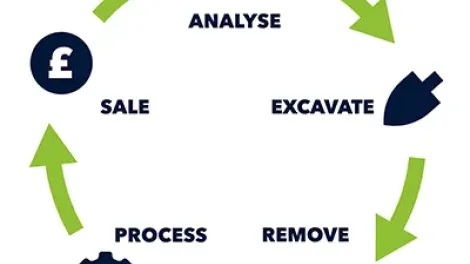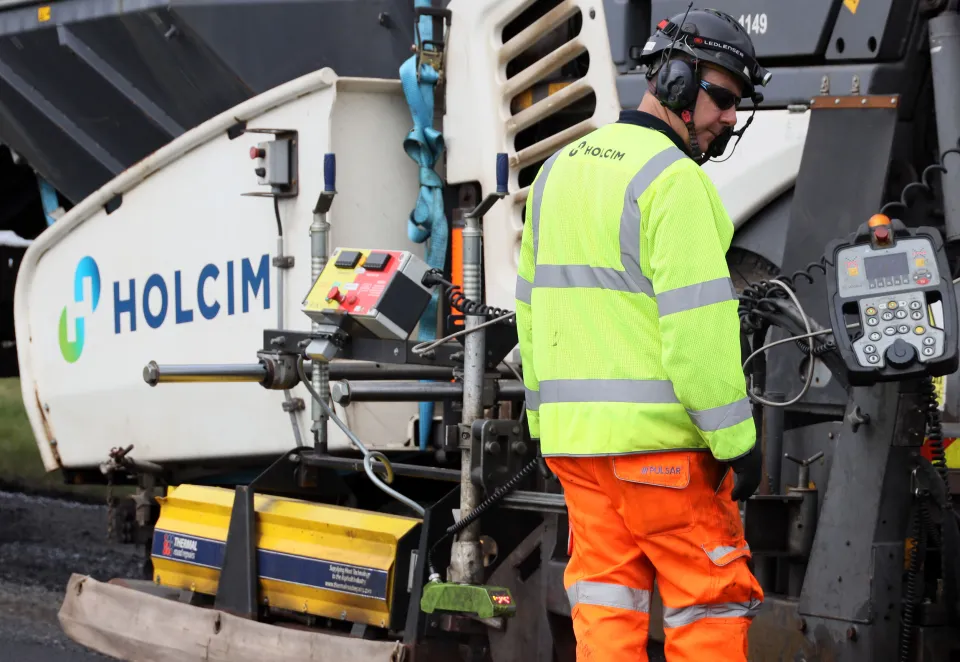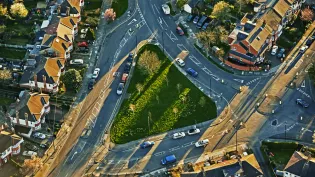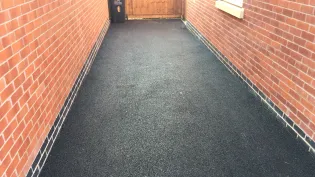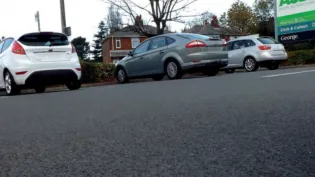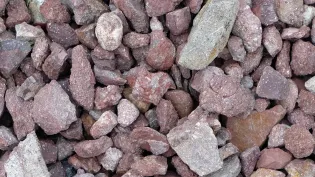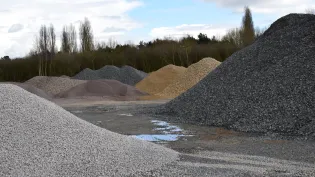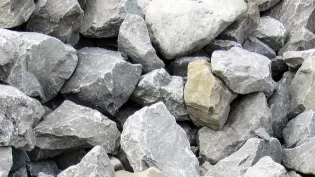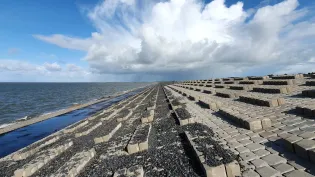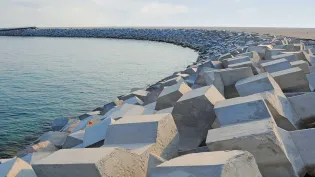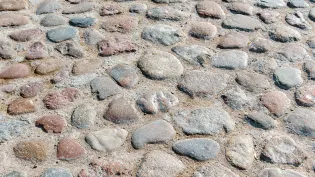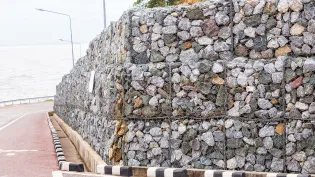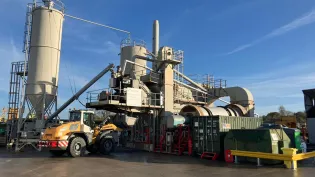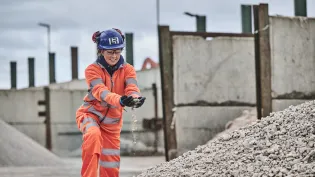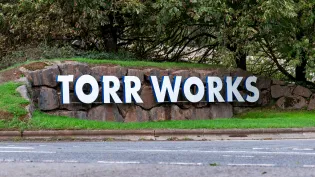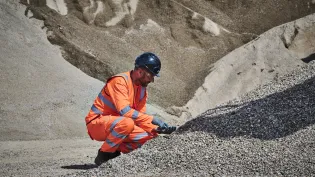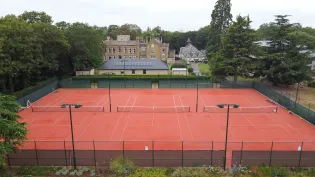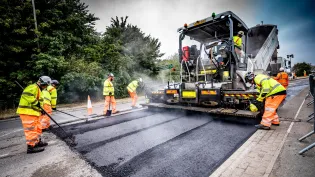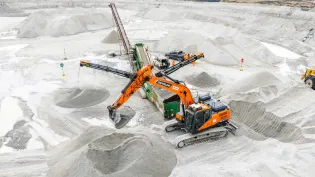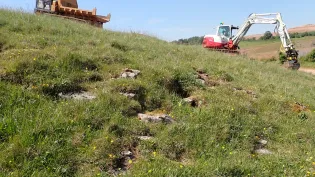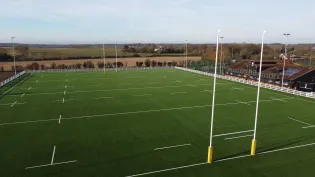Performance Surface Dressing Chippings
Extend Road Lifespan, Reduce Costs, and Minimise Disruption with Efficient Surface Treatment
Surface dressing is a cost-effective road maintenance technique that preserves roads in good condition. It involves sealing the surface with bitumen and chippings to prevent water damage, cracks, and potholes, while also improving skid resistance. This process extends a road's life, delaying the need for more expensive resurfacing. It's a quick, single-day operation per site, usually performed between April and September when warm, dry weather ensures proper binding. Roads remain open with minimal disruption.
Surface Dressing Benefits
Why use Surface dress chippings
The need for surface dressing arises from several essential factors related to road maintenance and the long-term durability of road infrastructure.
One of the primary reasons for surface dressing is to prevent deterioration and the formation of potholes. Roads are constantly exposed to traffic, changing weather conditions—such as rain, frost, and heat—and general wear over time. As the surface of a road becomes porous, water can seep into the underlying structure. When this water freezes and thaws, it can cause cracks, potholes, and structural damage. Surface dressing seals the surface, preventing water ingress and protecting the road's foundation from these damaging effects.
Another critical benefit of surface dressing is improved safety. As the surface of a road wears down, it becomes smoother, reducing tire grip and increasing the risk of skidding, especially in wet conditions. By applying a new layer of stone chippings, surface dressing restores a rougher texture to the road, enhancing skid resistance. This improvement is vital for ensuring the safety of drivers and passengers, as it allows for better vehicle control and braking.
Surface dressing also plays a significant role in extending the lifespan of roads in a cost-effective manner. Full resurfacing of a road is expensive and often highly disruptive. Surface dressing, on the other hand, is a preventative maintenance technique applied while roads are still in relatively good condition. This proactive approach significantly prolongs the life of the road, delaying the need for major repairs and allowing local authorities to manage more extensive road networks within tight budgets. It is an investment in early intervention that results in substantial long-term savings.
Finally, surface dressing helps optimise resource allocation. Because the process is quick—often completed in a single day per site—and relatively inexpensive, maintenance teams can cover more ground across the road network. This efficiency ensures that a greater number of roads can be maintained in a safe and serviceable condition, making the most of available funding and manpower.
Specification
The specifications and sizes for surface dressing chippings and bitumen are carefully chosen to suit the specific road conditions and traffic levels, largely guided in the UK by TRL Road Note 39: Design Guide for Road Surface Dressing and various British Standards
Chippings (Aggregates)
The size of the chippings is a critical factor, as it directly impacts the texture depth (skid resistance) and the amount of binder needed. Common sizes used include:
- 6mm: Often used for lighter trafficked roads or as a smaller chipping in "racked-in" or "double" dressings.
- 10mm: A very common size for a wide range of roads, balancing skid resistance with ride comfort.
- 14mm: Used for heavier trafficked roads or where a more aggressive texture is required.
CALCULATE HOW MUCH AGGREGATE YOU WILL NEED
Related Products
Related Case Studies and News
Contact Us
Mainstream
Call or Email
Recycling London
020 8778 1384
Northern Region Office
01524 738888
northern-sales@holcim.co.uk
Midlands Region Office
01455 288222
midlands.sales@holcim.co.uk
South East Regional Office
0208 896 6800 opt 1
southeast.aggregates@holcim.co.uk
South West Regional Office
01752 485200 opt 1
southwest.aggregates@holcim.co.uk
Scotland Region Office
01698 870947
scotlandsales@holcim.co.uk
South Region Office
01373 452002
south.aggregates@holcim.co.uk
Kettering Office
01536 510552
West Country Regional Office
01373 452002
south.aggregates1@holcim.co.uk







